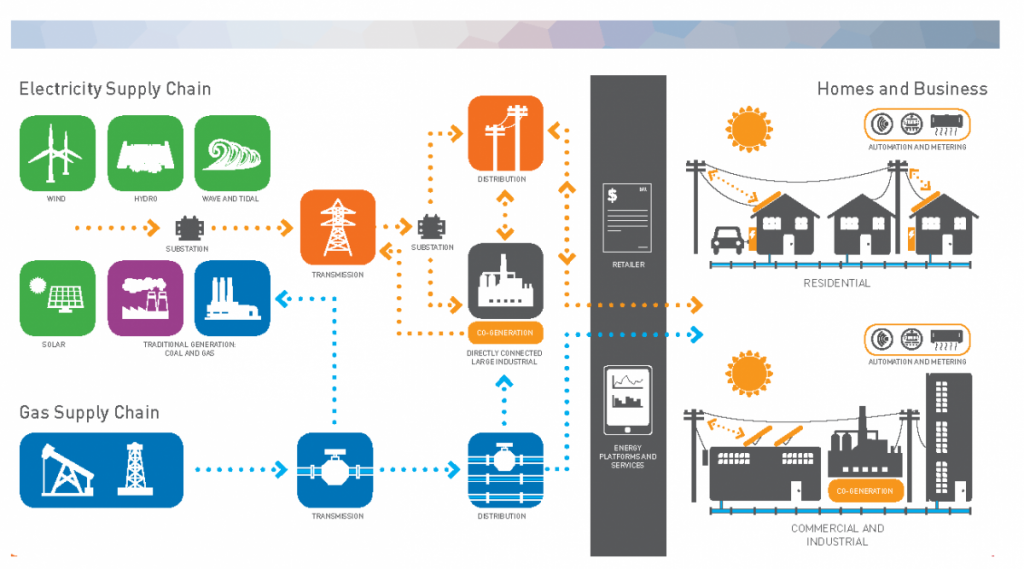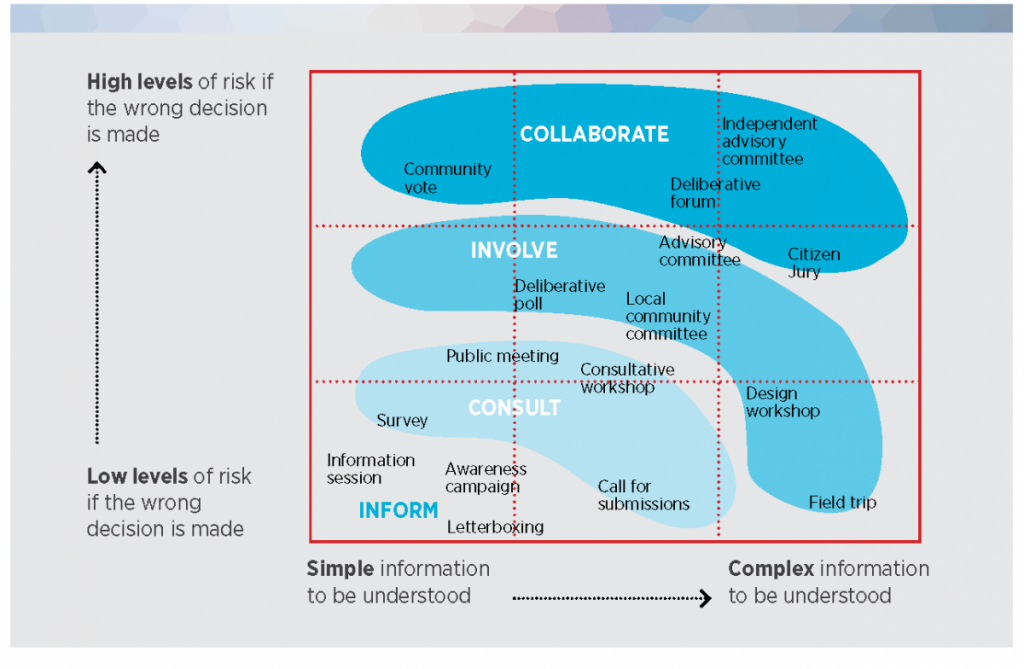Customising engagement for the energy grid
Henry Ford, pioneer of the assembly line, is famously quoted as saying his customer could have “…any colour he wants, so long as it’s black”. In practice, there were a few of the great Model T Fords made in grey, green, blue and red.
Technology today allows for customer choice and tailoring of services and technology on a global, 24/7, peer-to-peer sharing scale. Customisation looks set to become the ‘new normal’ in energy, where the low-engagement commodity is replaced by a services market focussed on customer needs, drivers and aspirations.
The Internet of Things is converging, with distributed energy resources and digitisation to transform the energy system. While the system was originally designed for the one-way flow of energy from large-scale producers to consumers, it is increasingly a two-way ‘exchange network’, enabling the exchange of energy and information, and increasing customer choice.

In this context, the Energy Networks Association (ENA) and CSIRO have released a consultation draft of the Customer Engagement Handbook. The Handbook is an initiative under the Electricity Network Transformation Roadmap to provide a set of industry-endorsed features and methods of engagement that best support consistent, high-quality and effective engagement by energy network businesses with their customers. It builds on the Roadmap’s Interim Report released at the end of 2015, which recognised that there is no single energy customer, rather customers are increasingly diverse.
The Handbook has been developed in collaboration with energy network businesses and customer representatives and informed by CSIRO social science expertise. In drafting the Handbook, formal engagement via workshops and direct conversations took place between CSIRO, customer engagement practitioners from energy network businesses, and external stakeholders of the network businesses, including representatives from an array of consumer advocacy and other stakeholder groups.
Energy network providers now undertake significant engagement with customers in the development of five-year plans and proposed tariff structures to inform network planning and maintenance and vegetation management, and in recovering from natural disasters. Australia’s energy networks have made important investments in customer engagement, but with the significant changes taking place in the system there are opportunities to take the conversation further. As a result the draft Customer Engagement Handbook is not the final word, but a living document designed to foster continuous improvement and information sharing, tailored specifically to engagement in the energy sector.
It is intended to build on existing guidance available to customer engagement practitioners (including the Australian Energy Regulator’s (AER) Consumer Engagement Guideline for Network Service Providers), and the existing tools and resources developed by key customer advocates, including the Ethnic Communities Council of NSW Cultural Connections – Engaging CALD energy consumers – and the Consumer Utilities Advocacy Centre – Meaningful and genuine engagement: Perspectives from consumer advocates.
With so much experimentation underway in new engagement methods and with so much time and investment by customers, stakeholders and energy providers, the Customer Engagement Handbook seeks to share insights. The draft Handbook provides guidance on what Best Practice Customer Engagement can include and the common features that have been linked to effective engagement. However, it also recognises that improvement and innovation in customer engagement practice benefits from energy network businesses committing to a culture of best practice engagement, rather than a prescriptive compliance approach.
The Handbook also features a series of case studies that outline the engagement processes that energy network businesses have undertaken, and importantly, the key lessons they have learned from these activities.
When designing a customer engagement strategy, energy network businesses have a suite of methods available to them with which to build relationships. Different engagement topics and contexts will require different levels of engagement and different methods. Essentially the methods chosen need to be fit for purpose.

It is recognised by energy network businesses that effective evaluation requires reliable and valid measurement of key indicators. Similarly, as part of their five-yearly assessment of energy network business’ revenue proposals, the AER considers the extent and quality of community engagement. However, despite the clear importance of customer engagement and the value in continuous improvement, there are few standard measures to evaluate success.
The draft Handbook identifies a set of Key Performance Indicators and how they could be measured. It also identifies the importance of establishing an engagement culture incorporated into business planning and strategic goals.
Customising energy services is now possible in ways that Henry Ford would never have imagined. The customer experience can now be shaped not only by traditional retailers, networks and new providers, but by each customer themselves. This will create as many new challenges for supporting vulnerable customers as it will opportunities for better engagement.
An investment in effective, genuine engagement can unlock not only better outcomes for our customers, but the long-term sustainability of our own businesses.
The Draft Customer Engagement Handbook has been released for feedback and the ENA and CSIRO welcome your views. Please contact us at john.gardner@csiro.au or ewatts@ena.asn.au by Monday 2nd May 2016 to provide feedback or arrange a discussion.
Find out more about the Electricity Network Transformation Roadmap and the Customer Engagement Handbook here.

